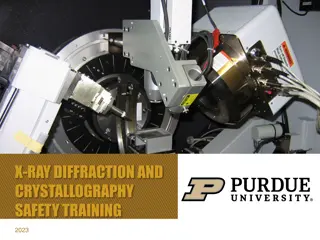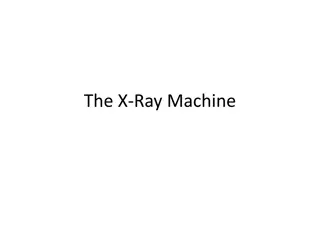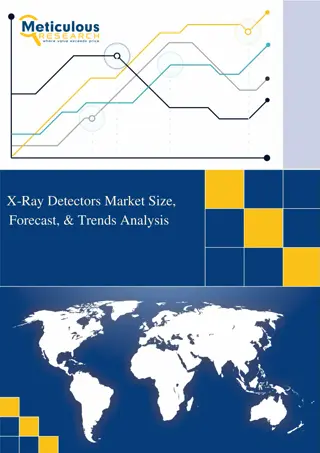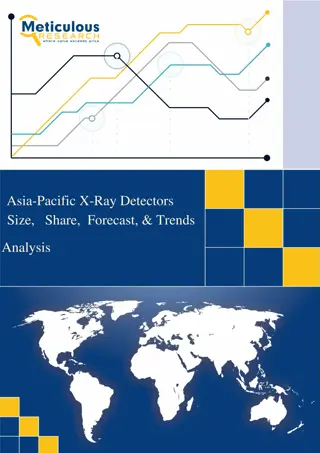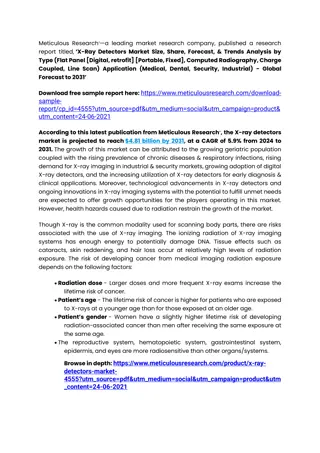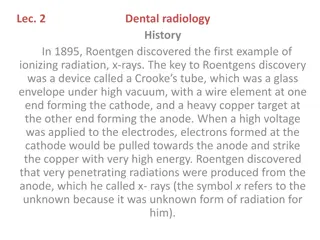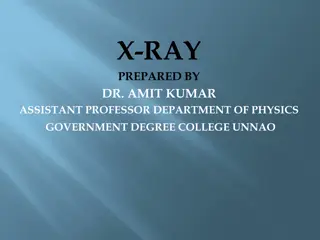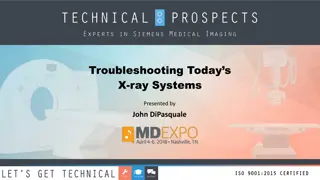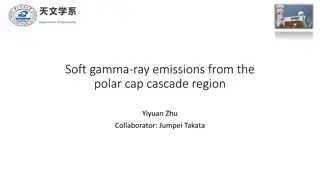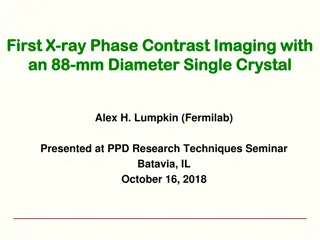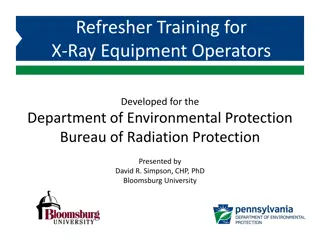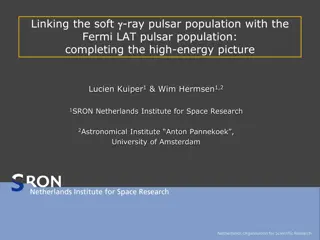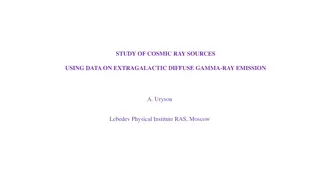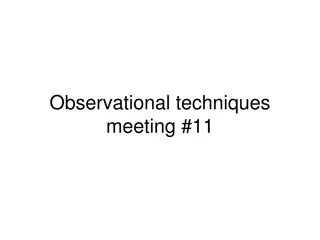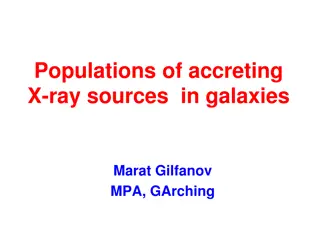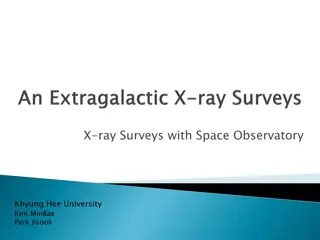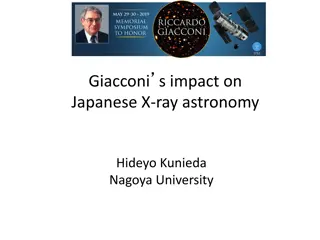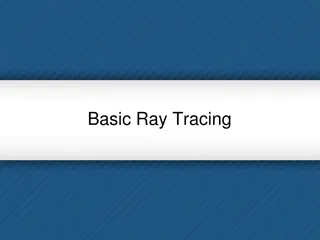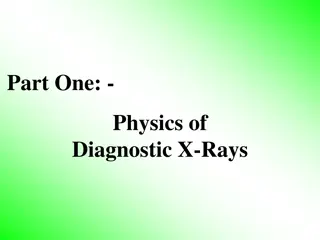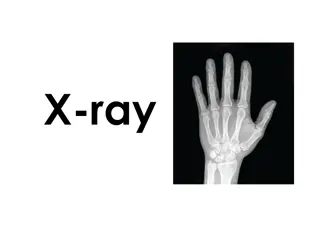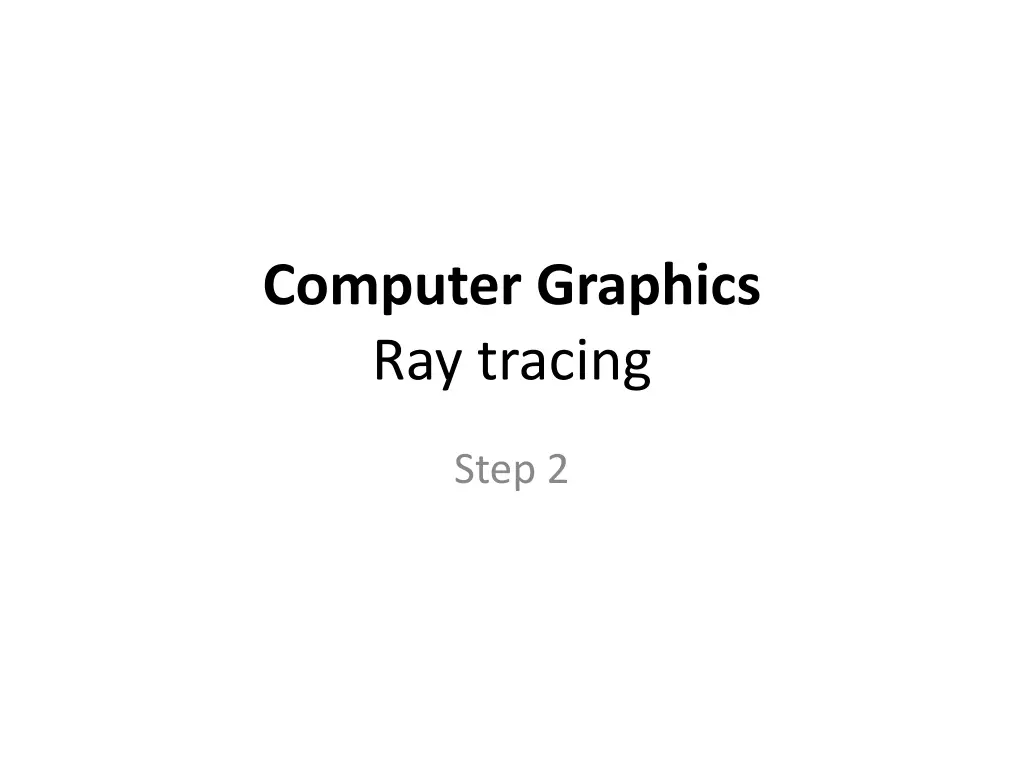
Ray Tracing with Recursive Intersection and Refraction
"Explore advanced techniques in computer graphics with ray tracing, featuring multiple spheres, refraction, transmission, reflection, and shading. Learn about hit records, spheres, and nearest intersection points to create stunning visual effects."
Download Presentation

Please find below an Image/Link to download the presentation.
The content on the website is provided AS IS for your information and personal use only. It may not be sold, licensed, or shared on other websites without obtaining consent from the author. If you encounter any issues during the download, it is possible that the publisher has removed the file from their server.
You are allowed to download the files provided on this website for personal or commercial use, subject to the condition that they are used lawfully. All files are the property of their respective owners.
The content on the website is provided AS IS for your information and personal use only. It may not be sold, licensed, or shared on other websites without obtaining consent from the author.
E N D
Presentation Transcript
Computer Graphics Ray tracing Step 2
Outline multiple sphere (at lease 3 big and 6 small sphere) recursive intersection with refraction and transmission material attribute (Kd, n_t in Snell s Law, w_r, .) bonus
More sphere vec3 color(const ray& r) { float t = hit_sphere( ); if (t > 0.0) { vec3 N = unit_vector(r.point_at_parameter(t) center); return 0.5*vec3(N.x()+1, N.y()+1, N.z()+1); } float t2 = hit_sphere( ); if (t2 > 0.0) { vec3 N = unit_vector(r.point_at_parameter(t) center); return 0.5*vec3(N.x()+1, N.y()+1, N.z()+1); } Problem?? return skybox(); //When no intersection }
struct hit_record { float t; vec3 p; vec3 normal; and more }; class hitable { public: virtual bool hit(const ray& r, float tmin, float tmax, hit_record& rec) const = 0; };
class sphere: public hitable { public: sphere() {} sphere(vec3 c, float r) : center(c), radius(r) {}; virtual bool hit(const ray& r, float tmin, float tmax, hit_record& rec) const; vec3 center; float radius; }; bool sphere::hit(const ray& r, float tmin, float tmax, hit_record& rec) const { } Why tmin? tmax?
Nearest intersection point Init Add all hitable object into a list intersect() in page 11 hit_record ht[n] for(all hitable object o) { o.hit( , ht[i]); } Find ht[smallest_index]) with smallest t; Shading(lightposition, lightintensity, ht[smallest_index]);
Why tmin/tmax in hit()? With reflection and refraction
Result with multi-sphere //camera vec3 lower_left_corner(-2, -1, -1); vec3 origin(0, 0, 1); vec3 horizontal(4, 0, 0); vec3 vertical(0, 2, 0); //light vec3 LightPosition(-10, 10, 0); vec3 LightIntensity(1.0, 1.0, 1.0);
RECURSIVE INTERSECTION WITH REFRACTION AND TRANSMISSION
Recursive Ray Tracer(1/3) color trace(point p, vector d, int step) { color local, reflected, transmitted; point q; normal n; p d if(step > max) return vec3(0, 0, 0);//black or background 10
Recursive Ray Tracer (2/3) N p r q = intersect(p, d, status); d q //if(status==light_source) //return(light_source_color); if(status==no_intersection) return(background_color); t n = normal(q); //or get from hit_record r = reflect(q, n); t = transmit(q, n); 11
Recursive Ray Tracer (3/3) local = shading( ); reflected = trace(q, r, step+1); transmitted = trace(q, t, step+1); return(w_l*local + w_r*reflected + w_t*transmitted); } assume Mirror: w_l=0.0f, w_r=1.0f, w_t =0.0f Plastic: w_l=0.9, w_r=0.6f, w_t =1.0f N p r d q 12 t
Computing a Reflected Ray N S S Rout Rin
hitable_list.push_back(sphere(vec3(1, 0, -1.75), 0.5, 1.0f)); return (1.0f-rec_nearest.w_r)*local_color + rec_nearest.w_r*reflected_color;
Transformed ray d N r t Air: 1 Glass: 1.46 Find the refractive vector and index https://en.wikipedia.org/wiki/Snell%27s_law https://en.wikipedia.org/wiki/List_of_refractive_indices
hitable_list.push_back(sphere(vec3(0, 0, -2), 0.5, 0.0f, 0.9f)); return (1.0f - w_t) * ((1.0f-.w_r) * local_color + rw_r*reflected_color) + w_t*transmitted_color;
shading color shading(vec3 lightsource, vec3 lightintensity, { trace ShadowRay vec3 color = ? * max(0, N dot L)* I * Kd; hit_record ht, vec3 Kd) Return color; }
Bonus More image format (bmp, png, ) Easy for debug Fresnel Attenuation
Anti-alias More transparent sphere Maxstep =5
return (1.0f - w_t) * ((1.0f-.w_r) * local_color + rw_r*reflected_color) + w_t*transmitted_color; Clamped color [0, 255]
Plane Camera with depth of field Shadowray refine
Reference Chapter 4 in Fundamentals of Computer Graphics, 4/e. GLSL Functions in https://www.opengl.org/sdk/docs/man4/

